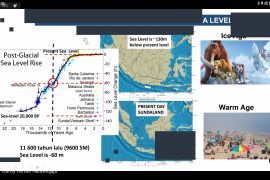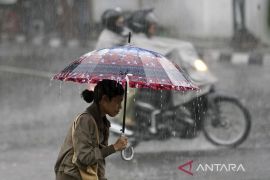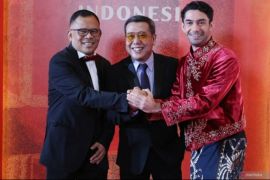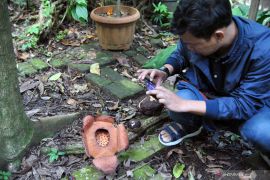"I expect researchers and engineers of the Marine and Fisheries Research and Development Board to take up the role and disseminate their findings to make Indonesia the world maritime axis," she said here on Tuesday.
She added that about a year ago, the board had produced many innovations in marine and fisheries technology that benefitted stakeholders and the community.
These innovations were the E-Logbook, E-Observer, Smart Fisherman Information System and the Community Salt Information System (SiTEGAR), among others.
The E-Logbook replaced conventional logbooks and made the process easier, faster and more accurate.
Moreover, the E-Observer is an application used by observers of fisheries affairs to enter data on fishing in the electronic form, which made obtaining information a faster and more accurate process.
"The ministry also designed a system that can help fishermen and salt farmers run their businesses, namely the Smart Fisherman Information System and the Community Salt Information System," Pudjiastuti pointed out.
She explained that the Smart Fishermen Information System is an android application that integrated information on fish prices, weather and ocean dynamics.
The Community Salt Information System is a web-based system that gives information on salt production across the country. It also provides reports and data on Peoples Salt Business Empowerment groups in Indonesia.
As proclaimed by President Joko Widodo, Indonesia is considered the world maritime axis.
"Geographically, Indonesia is located between two continents and two oceans. Therefore, it deserves to be the world maritime axis, which can be instrumental to develop the global economy and industry," Head of the Marine and Fisheries Research and Development Board Achmad Purnomo emphasized.
He added that Indonesia has economic potential of US$800 billion per annum in the field of marine and fisheries resources.
This economic potential in Indonesia is expected to be able to provide employment opportunities to some 40 million people.
Furthermore, the United Nations Convention on the Law of the Sea states that Indonesias sea territory has an area of 5.8 million square kilometers, which is much larger than its mainland cover of some 1.9 million square kilometers.(*)
Editor: Heru Purwanto
Copyright © ANTARA 2015











